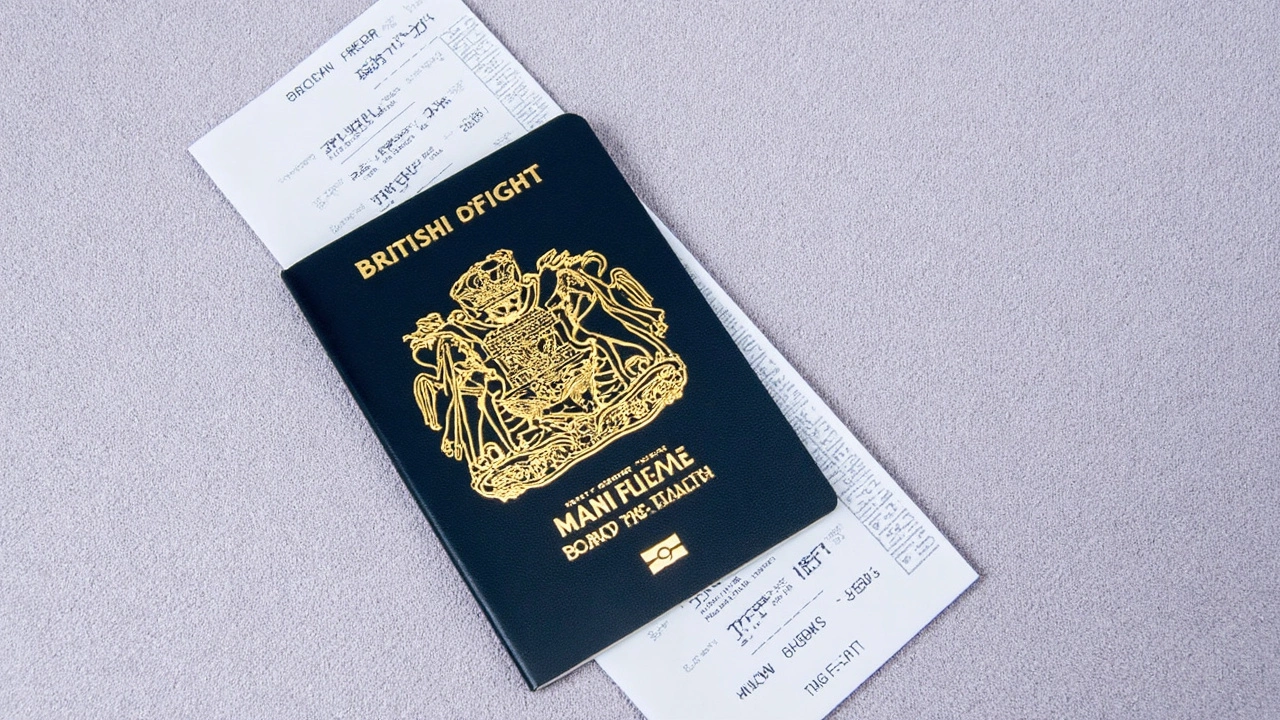Entry Rules: Your Quick Guide to Signing Up for Motorsport Events
If you’re thinking about joining a race, a rally or any motorsport competition, the first thing you need to sort out is the entry rules. They tell you what you have to bring, when to sign up and how the event will run. Forget the jargon – we’ll break it down into plain steps so you can get on the start line without a headache.
Every event has its own checklist, but most follow the same pattern. You’ll see requirements for driver licences, vehicle specs, insurance, entry fees and safety gear. Missing any of these can get you kicked out before the flag drops, so double‑check everything.
Common Requirements
First, you’ll need a valid racing licence. For most club races this is a national licence issued by the governing body, like the MSA in the UK. If you’re new, apply for a ‘Novice’ or ‘Club’ level licence – the paperwork is quick and you’ll get a temporary card to start.
Next, the car. Organisers usually publish a technical sheet that lists allowed models, engine sizes, tyre types and any modifications. Stick to the sheet; a small change can move you into a different class and raise your entry fee.
Insurance is non‑negotiable. Most events require a motorsport liability policy that covers you, other drivers and spectators. Some clubs bundle insurance with the entry fee, but if you bring your own policy, make sure it meets the event’s minimum coverage.
Safety gear is the next big one. Helmet, fire‑proof suit, gloves and shoes are mandatory. Some series also ask for a HANS device or a specific kind of roll‑cage. Check the list early so you can buy or rent the gear in time.
Finally, the entry fee. Fees can range from £30 for a local club night to several hundred pounds for a national championship. The fee often includes track time, timing equipment and sometimes a meal voucher. Pay online if you can – it speeds up the confirmation.
How to Complete Your Entry
Start by visiting the event’s official website. Look for a tab called ‘Entry’, ‘Register’ or ‘Sign‑Up’. Most sites have a short form where you fill in your name, licence number, car details and payment info. Fill in every field; leaving a blank can cause the system to reject your entry.
Upload any required documents. A licence copy, insurance certificate and proof of safety gear are common. Keep the files under the size limit (usually 2 MB) and use PDF or JPEG formats.
Pay the fee before the deadline. Deadlines are strict – many events close entry a week before the race day. If you miss it, you’ll have to wait for the next round, and you might lose a spot you’ve already prepared for.
After you submit, you’ll get a confirmation email. This email includes your entry number, a short briefing on the schedule and a link to the driver’s briefing or technical inspection. Print this info or save it on your phone; you’ll need it at the track.
On race day, arrive early for the technical inspection. Inspectors will check your car against the entry rules – tyre pressure, safety harnesses, fuel tank limits. If something is off, they’ll give you a short window to fix it. Stay calm and follow their instructions.
Once cleared, head to the paddock, find your pit box and get ready. Remember, the entry rules are there to keep the competition fair and safe. By respecting them, you protect yourself, your team and everyone else on track.
Now you’ve got the basics, you can focus on the fun part – racing. Got a specific event in mind? Check its rulebook and start the registration today. Good luck and see you on the grid!
UK Warns Citizens: Strict Entry Rules Could Lead to Detention in the US
Posted by Daxton LeMans On 9 Apr, 2025 Comments (0)

The UK has updated its travel advisory for citizens visiting the US, stressing the importance of compliance with American entry rules to avoid detention or deportation. This change comes amid President Trump's strict immigration policies and cases of detained tourists, including British and German nationals. The tourism industry faces potential financial woes, with predictions of significant economic losses.




